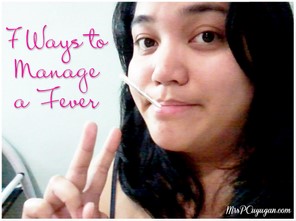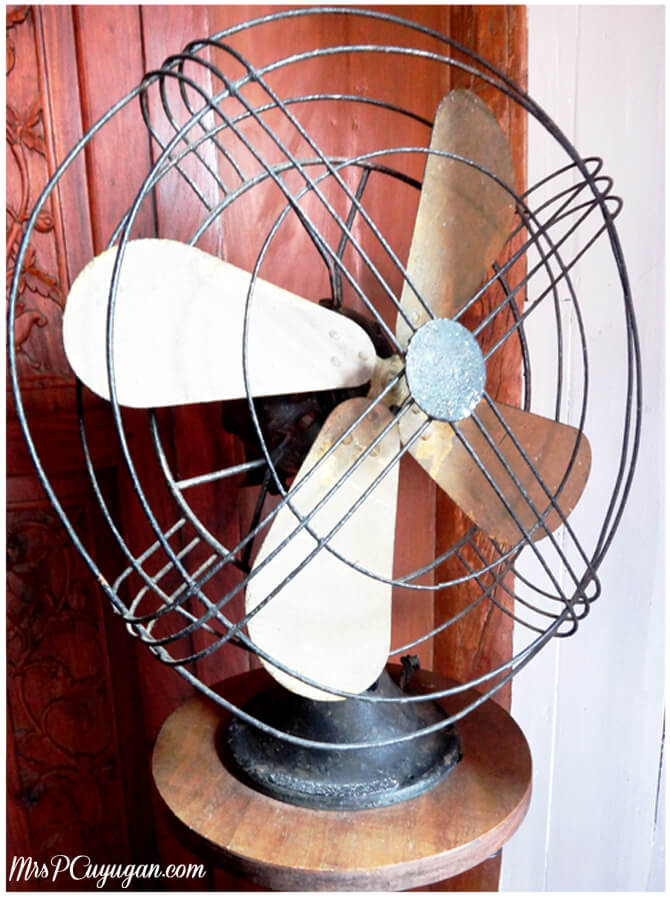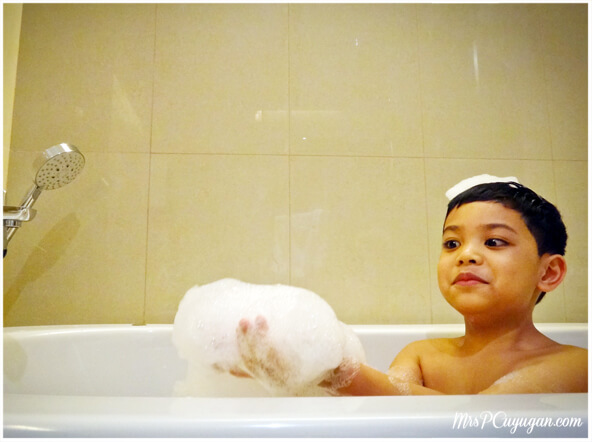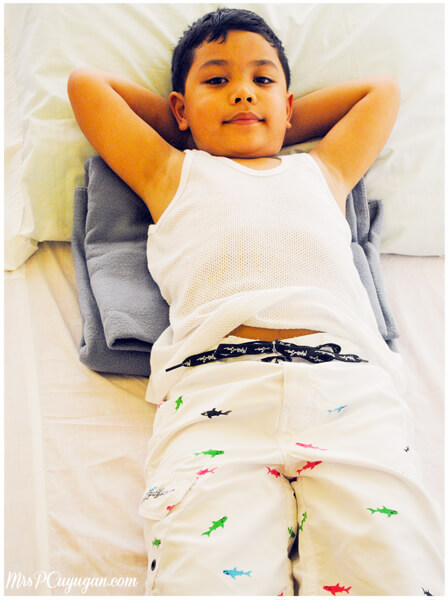My Instagram feed will tell you that I’ve been playing Nurse Mommy to Little MrC since the middle of last week. It’s tiring, especially when you have to wake up at 2am to give your kid antibiotics, or when his temperature spikes so high that you have to constantly give him a sponge bath. We’re talking above 40-degree fever temps here.
It’s times like these when I’m glad I grew up with a doctor in the house. Having a physician for a father means that I am quick to respond when anyone around me is sick. I usually know what to do, and also am able to identify symptoms and give my unprofessional but often correct diagnoses. In fact, I knew right away that I had appendicitis that fateful morning when I started to feel abdominal pain. A couple of hours later, my dad confirmed my self-diagnosis to be correct and I was in the hospital by that same afternoon. These little instincts of mine come in extra handy now that I have a husband and son who seem to constantly get sick on me. It’s one or the other, but thankfully never both.
Because high fevers can lead to other things like dehydration, I really pay close attention no matter how minor the sickness may be. I’ve also learned over time that there are many old wives tales about how to manage a fever, and from what I grew up with, I know that a lot of them are not true or don’t really help at all. So, here’s my list of things that you can do to manage a fever. These are tried and true, and have never failed me.
7 Ways to Manage a Fever

1. Hydrate.

My kid often ends up with a fever because he is dehydrated. He tends to sweat a lot, and an afternoon of running around the playground usually causes him to overheat. This is why I make sure that he drinks a lot whenever his temperature is higher than normal. I’m lucky that he doesn’t mind when I ask him to guzzle down glasses of water at a time. Fresh fruit juice works, too, especially those made from fruits that are high in Vitamin C like pineapples and oranges. If getting your kid to hydrate is a problem, you can try feeding him or her some soup or even a popsicle.
2. Keep your room cool.

Why do you need to keep your room cool? Well, for starters, it’s a lot more comfortable to be feverish in a cold room than it is in a hot one. The thing with fevers, really, is that you just have to ride them out. This being so, you need to do whatever you can to make sure that your patient is comfortable. Keeping your room cool also helps to lower feverish temperatures faster.
3. A quick shower or a sponge bath helps.

I know, it sounds like torture especially when your fever is so high that it gives you chills. But believe me, it works. Just a quick 15-minute cold shower or a sponge bath using cold water (I use cold water mixed with alcohol) will do wonders in bringing down a fever. I do this with Big and Little MrC whenever they have a fever, and while I do get a lot of frowns and groans from them, they really do thank me after.
4. My winning combo: Biogesic + Kool Fever.
5. Do not, and I mean DO NOT bundle up.

It can be tempting to bundle up when you have a fever. I know that it’s not easy watching your child shiver in thin clothes and only a thin blanket in a really cold room after an icy sponge bath. I know your lola probably told you not to take a bath and to keep yourself as warm as you can when you are feverish. But please, don’t do it. Bundling up traps heat, and with a fever you want to release heat. So please, if you want the fever to go away faster, ditch the blanket, wear thin clothing and DO NOT bundle up.
6. Sleep works wonders.
7. Don’t panic.

Finally, stay calm. Pay close attention to your patient, take their temperature often and take note if this is rising or dropping. Sweating is good, because it means that the fever is breaking. So this is something you should look out for. Rashes usually mean bad news. Different symptoms mean different things, and this is why you need to be really observant. Presence of mind is important so that you can make the right decisions and remember to give medicines on time. When things feel too tough to handle, you can (and should) call your doctor.
And with that, I’m off to give the little guy another dose of antibiotics.
What are your fever-busting tips?